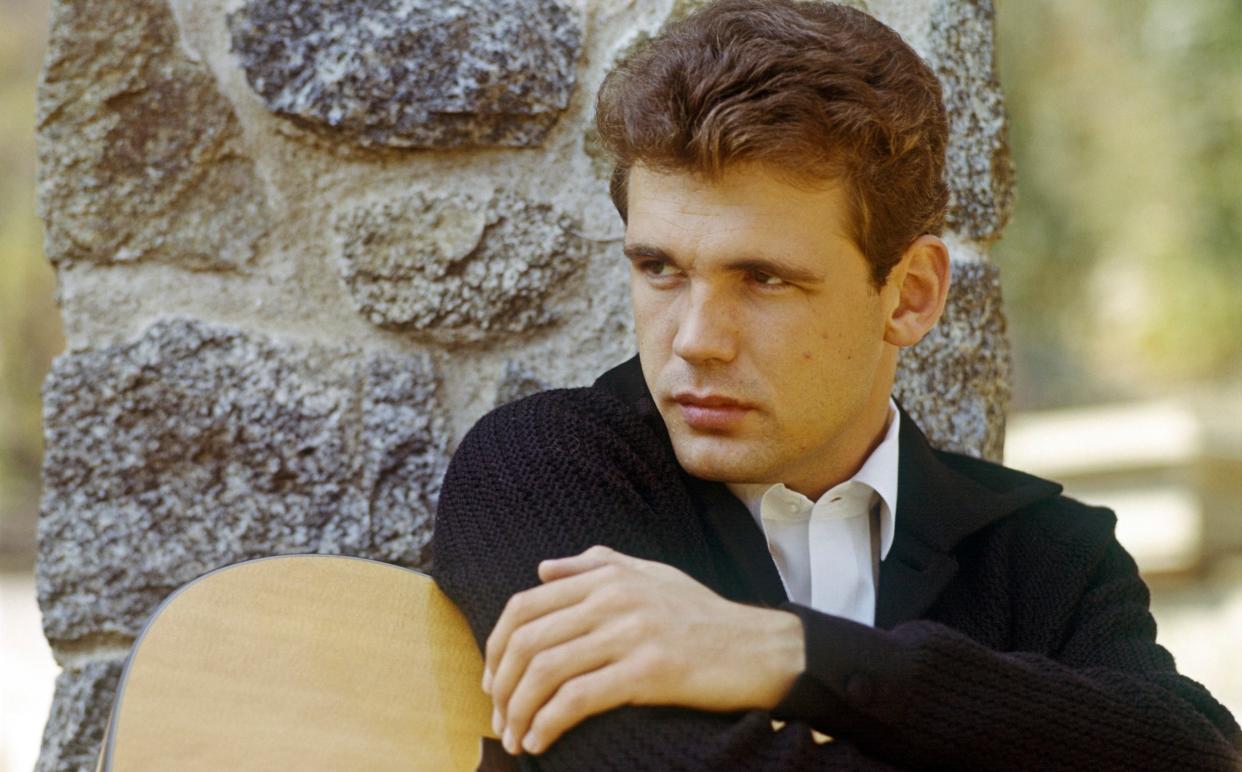Without Duane Eddy, these five guitar classics wouldn’t exist

Duane Eddy was the first guitar hero of rock’n’roll. He was only 19 when he started scoring instrumental hits in 1957, showcasing his clean, resonant guitar sound and carefully articulated motifs.
Aside from his own instrumental classics such as Rebel Rouser and Because They’re Young, the handsome young axeman had such an enormous influence on other players that whenever you hear a twangy guitar riff it would be considered a conscious tribute to Eddy. You can hear his influence in these five classics.
1. The Beatles: Day Tripper (1965)
Duane Eddy’s distinctive guitar style focussed on touch, tone, melody and the spaces between notes, creating twangy riffs and motifs that poked through the sound or floated high above the rhythm section. He was a huge influence on Britain’s first guitar hero, Hank Marvin in the Shadows, and through him the Beatles.
The magnificent Day Tripper is surely the Fab Four’s most thrilling riff. Picked out of a single chord shape, it was composed by John Lennon and played with typical precision by George Harrison, a close adherent of Eddy’s sculpted approach, who preferred to work parts out carefully rather than indulge in wild improvisation.
2. Bruce Springsteen: Born to Run (1975)
Over a thunderous drum and saxophone intro, a sparkling Duane Eddy style riff rings out. Springsteen’s tremolo guitar is underpinned by piano around an open E chord. The lead guitar is only one element of a magnificent wall of rock and roll sound, on an epic of escape that rose to become Springsteen’s signature song.
But the way those twangy notes ring out during the frantic climax remains one of the most thrilling codas in rock history, and will have an added poignancy when Springsteen and the E Street Band’s UK tour opens in Cardiff on Wednesday.
3. Blondie: Atomic (1980)
Duane Eddy’s twangy style is transported to a new wave disco in Blondie’s classic hit Atomic, with another simple E chord guitar riff (the same chord dominant in both Day Tripper and Born to Run) twanging over synthesisers and sequencers.
Almost completely contrary to the kind of frenzied guitar hero shredding that rose to prominence in Eighties rock, the simple picked notes represent the song’s catchiest motif, floating through a miasma of sound with thrilling elegance and sense of unquantifiable longing. Written by keyboard player Jimi Destri and singer Debbie Harry, its pioneering blend of electronica and rock still sounds like the future 44 years on.
4. The Art of Noise: Peter Gunn (1986)
If that twangy guitar riff poking through dramatic synths and clanging samples sounds distinctly like Duane Eddy, it’s because it is. Art of Noise were the electro art project headed by NME journalist Paul Morley for Trevor Horn’s groundbreaking ZTT label in the 1980s.
Their revival of Henry Mancini’s noirish theme from Fifties private eye TV show, Peter Gunn, brought back Eddy, who had scored a rock’n’roll hit with it in 1959. It was a top 10 hit around the world (number 2 in the US) making Eddy the only instrumentalist to score hits in four different decades.
5. Chris Isaak: Wicked Game (1989)
The clean, melodious, spacious sound of tremolo electric guitar has practically vanished from the pop lexicon, and this might be the last time it adorned a world-conquering hit. Chris Isaak’s brooding ballad features the American singer-songwriter at his most Roy Orbison-esque on a song of longing, desire and paranoia, with James Calvin Wilsey’s delicate, lonesome guitar notes floating alongside in what is almost a vocal and guitar duet.
It was a slow burning hit that only ignited after featuring in 1990 David Lynch film Wild At Heart, rising to became a million-selling single. Thirty-five years later, Wicked Game has accrued over 600 million Spotify streams and counting. Duane Eddy would approve.


